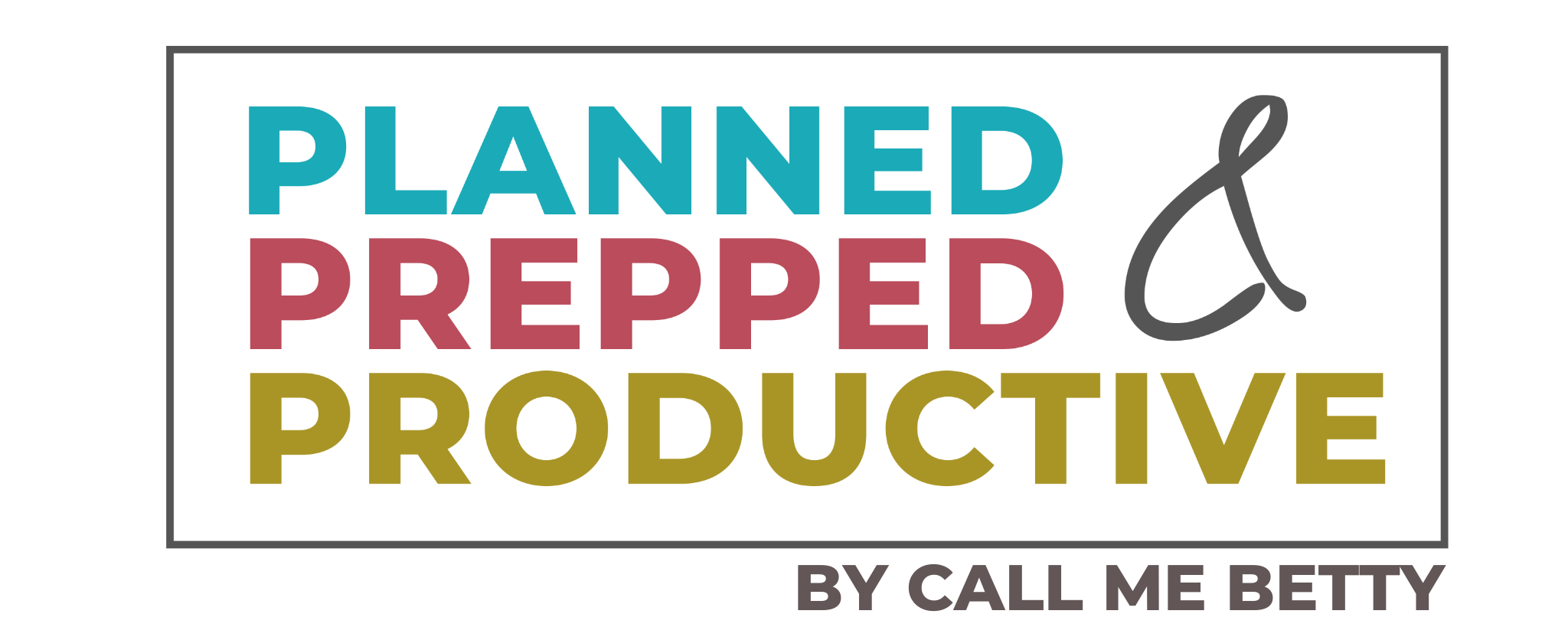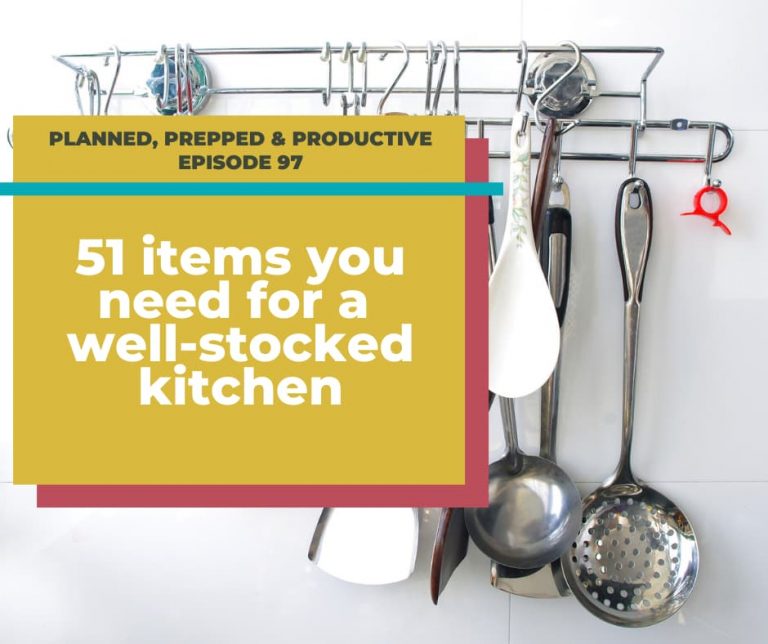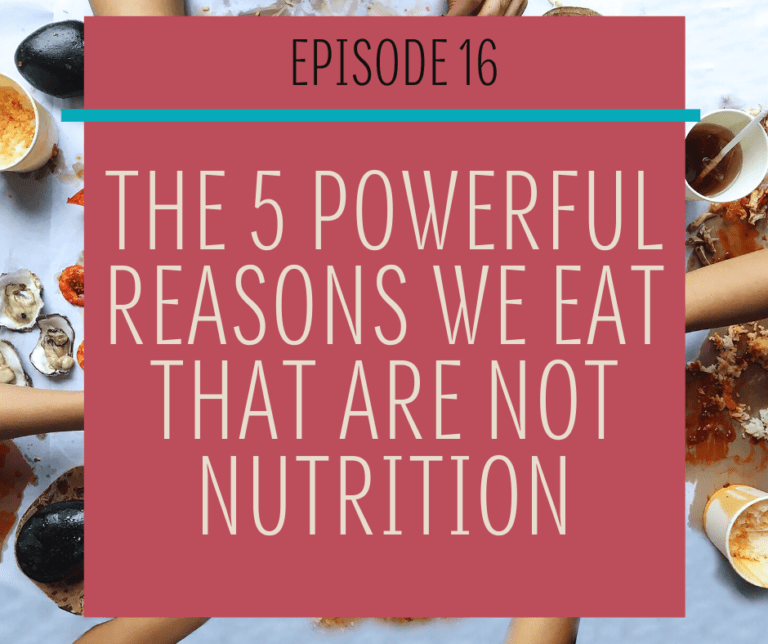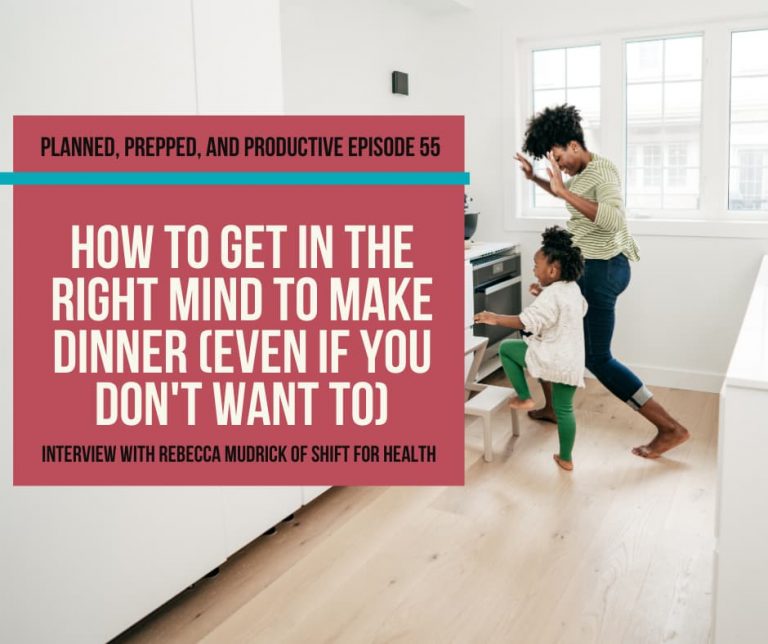#22 You’re not eating your veggies, and it’s not your fault
90% of Americans aren’t getting the veggies they need. As busy moms we need every tool in our arsenal to help us feel healthy, active, and present in our children’s lives so why aren’t most of us doing something so simple that we know will make us feel great? No mom guilt allowed here. Let me tell you why not eating your vegges isn’t your fault.
The phrase “get your veggies in” probably brings up a lot of emotions for a lot of you.

As moms, we have so much on our plate to get done, and if you’re among the 90% of americans who aren’t eating enough vegetables it’s probably just another one of the things causing that little voice in your head to whisper to you that this is one more area that you are failing at.
Well, I want you to push that mom guilt aside first because you are a strong, capable, loving and nurturing mother who knows that those toxic thoughts do not serve you, but secondly because in this particular case (and most cases) it’s simply not true.
You’re not eating your veggies and it isn’t your fault
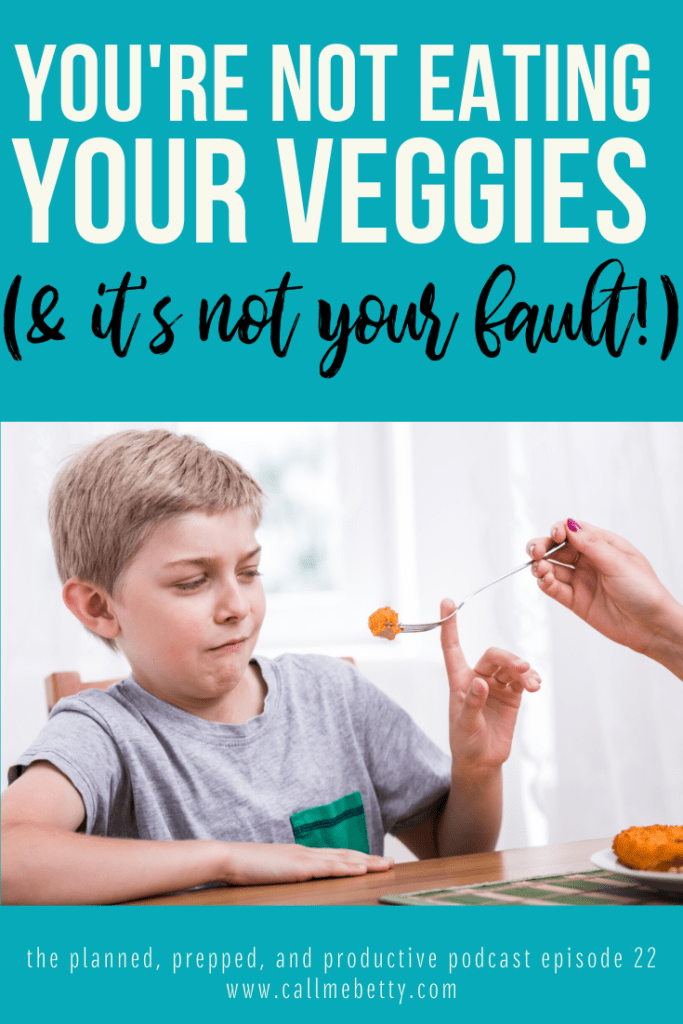
That’s right, you not eating your veggies or feeding your family your veggies is not your fault.
But whose fault could it possibly be?
Let’s take a look at some of the “villains” that might be stopping you from eating the way you would like to.
Reasons why you aren’t eating your veggies.
Biology
Yup. It’s just in our nature to avoid veggies. Many vegetables contain bitter compounds and as humans we are wired to avoid bitter compounds because they are more likely to be poisonous. Rude, huh? The one thing we need more of and our bodies are telling us to shun it. Not fair.
As humans we also have natural affinity for sweet foods (like breast milk). Some people might be even more sensitive than others to the bitter compounds in foods meaning that a veggie that tastes just fine to some people will be too bitter for someone else.
Lastly, our ability to taste bitter compounds is strongest as children, which is when many of us were forming our opinions about vegetables. Yup, there’s so much stacked up against us in our quest to eat those veggies.
Forced Vegetable consumption
I would be shocked if there wasn’t a time in your past when you were told, eat your broccoli and you can have your dessert.
Heck, I’d be surprised if you haven’t told your children something similar, but did you know that this very scenario can be damaging and have the opposite effect on your children (and maybe left a bad taste in your mouth {literally} as well?
A retrospective study found that many teens who were forced to eat their veggies or other food items as children reported difficulty eating those food items today. In fact around 70% of those children avoided food items they had been forced to eat as a child, whereas only 30% reported that forced veggie consumption make them more likely to try new things now.
Really bad veggies
Now I don’t have any studies to back this one up, but if you think that watery frozen vegetables that have been microwaved or steamed are what veggies are supposed to taste like, there is a reason you don’t like veggies.
Veggies can be prepared in a wide variety of ways and taste absolutely delicious…but many people grew up eating underseasoned, overcooked, and just plain bad veggies. This can totally play a role in your hesitancy to try brussel sprouts again!
Veggies aren’t convenient
Let’s say you don’t really fall into any of these camps and you actually like vegetables.
Heck, maybe you used to eat them really well…and then you had kids.
…and now you’re lucky if you’ve managed to shovel in a handful of your kid’s goldfish and a package of fruit snacks by the end of the day.
We are busy, and we often sacrifice every last bit of ourselves to those sweet (but demanding) kiddos.
And as much as the convenience food companies have made strides making it more possible to get veggies in through items like bagged salads, veggie trays, baby carrots, and a wide variety of frozen veggies they are still not as convenient as opening up that granola bar and putting it in your mouth.
So now that you are (hopefully) convinced that eating veggies isn’t your fault. What can you do about it?
You can fall into one of two camps.
Camp 1 (the more popular camp) says, getting veggies in is too hard. Even my very biology is against me. Wo is me. I might as well not try.
Okay I’m being slightly dramatic, but I don’t want you to choose camp 1.
Camp 2 (the brave, bold, and courageous camp) says that this is an obstacle that can be overcome, I won’t let my past determine my future, I will take small steps and make small goals and eventually learn to be a veggie lover!
(hip, hip…hooray!)
I’m so glad you’ve joined camp 2 and I’m ready to share with you my system for eating your veggies that converts you to the veggies-r-us camp for good!
Simple system for eating your veggies (even when you don’t like them).
1. Start with a small and manageable goal or habit change like eating one vegetable per day.
2. Start with familiar vegetables-even if you’re a staunch veggie hater I am willing to bet there’s at least one vegetable you will eat (potatoes??). This is a great starting point. We’ll branch out later. Right now we’re just trying to create a habit of getting the veggies in at all.
3. Start experimenting with different preparations of the veggies you know. So if you chose carrots and you’ve been steaming them or eating them raw try roasting them, or sauteeing them to see what preparations you like the best.
4. Introduce newer vegetables using your favorite preparations of the veggies you know. Love roasted carrots? Maybe try roasting brussel sprouts or asparagus. Roasting vegetables brings out there natural sweetness and can cut down on the bitterness so it’s a method that most people enjoy (try my roasted sweet potatoes for a stellar example). Or if you’re still struggling with the bitterness try a salad with a sweet dressing to cut through it just a little bit. If all else fails add some butter and bacon and you’re sure to like them. Jokes aside, there are so many different preparations out there for veggies, and while I can’t say that I love every vegetable all of the ways, I can’t think of a vegetable that I don’t like in at least one way (…okay…maybe black olives, but hey…I wouldn’t pick them off my pizza so I can at least tolerate them in some way).
5. Add more veggies to your meal plan- After you’ve experimented with veggies and found some preparations that you enjoy it’s time to take the system a little farther. This would be a good time to make a goal to get even MORE veggies in. Choose a frequency that works for you (the USDA recommends 5-9 1/2 C servings of fruits and vegetables combined so somewhere around 3-4 servings is a good place to start). Keep in mind that you may eat more than a serving size in one sitting (I can easily down at least a cup of most cooked veggies at dinner) so you don’t necessarily need to eat veggies 3-4 times/day if your serving sizes fit in.
You’ll choose a frequency that works for you, but for me, to keep things simple I aim for a serving with every meal. Breakfast is pretty iffy, but I will often get it by adding kale to a smoothie, or veggies to my eggs. Lunch and dinner are pretty simple and I can pretty easily get two servings in at each of them (by eating a salad for lunch and a veggie side at dinner).
6. Meal prep those veggies! – After you’ve chosen your frequency, make it happen! For me, meal prep is the answer. We’ve already talked about the fact that veggies aren’t the most readily available and simple food to eat, which is challenging when it’s also not the most appetizing food for many people to eat either. It makes it that much easier for your veggies to stay buried in your produce drawer until they are no longer good to eat.
So how can you meal prep your veggies?
There are tons of options. You can pre-make salads for lunches for the week. You can chop up veggies to roast for your dinners so all you have to do is throw them in the oven when it’s time to eat them. You can cut up raw veggies and meal prep hummus or another dip for snacks. The key is that you want to do all of this prep at the beginning of the week and set yourself up for success throughout the week by making your veggie snacks just as convenient as opening up that granola bar.
7. Rinse and repeat! Once you’ve got a system going you’ll only get better at prepping, finding recipes you love, and soon you’ll be feeling nourished and surprised how much you are looking forward to eating those veggies (instead of dreading them).
Now that you’ve got this foolproof system you are well on your way to changing your life and health, creating healthy habits for your whole family, and feeling nourished and more able to attack your goals instead of feeling endless #momguilt for the way you are feeding your family. Tiny changes are the answer, and even if you only eat one vegetable a day tomorrow, that’s one more than you ate today and it’s totally a win!
Meal Plan Magic Mini Course
Also, now that you’re a veggie eating machine you might need help planning them into your meal plan in a way that’s sustainable. The problem is most people aren’t meal planning, or not meal planning effectively. Don’t worry about it! That’s where I come in…let me teach you how to make your meal plan work like magic and so you can start enjoying stress-free evenings with your family instead of slaving away in the kitchen.
